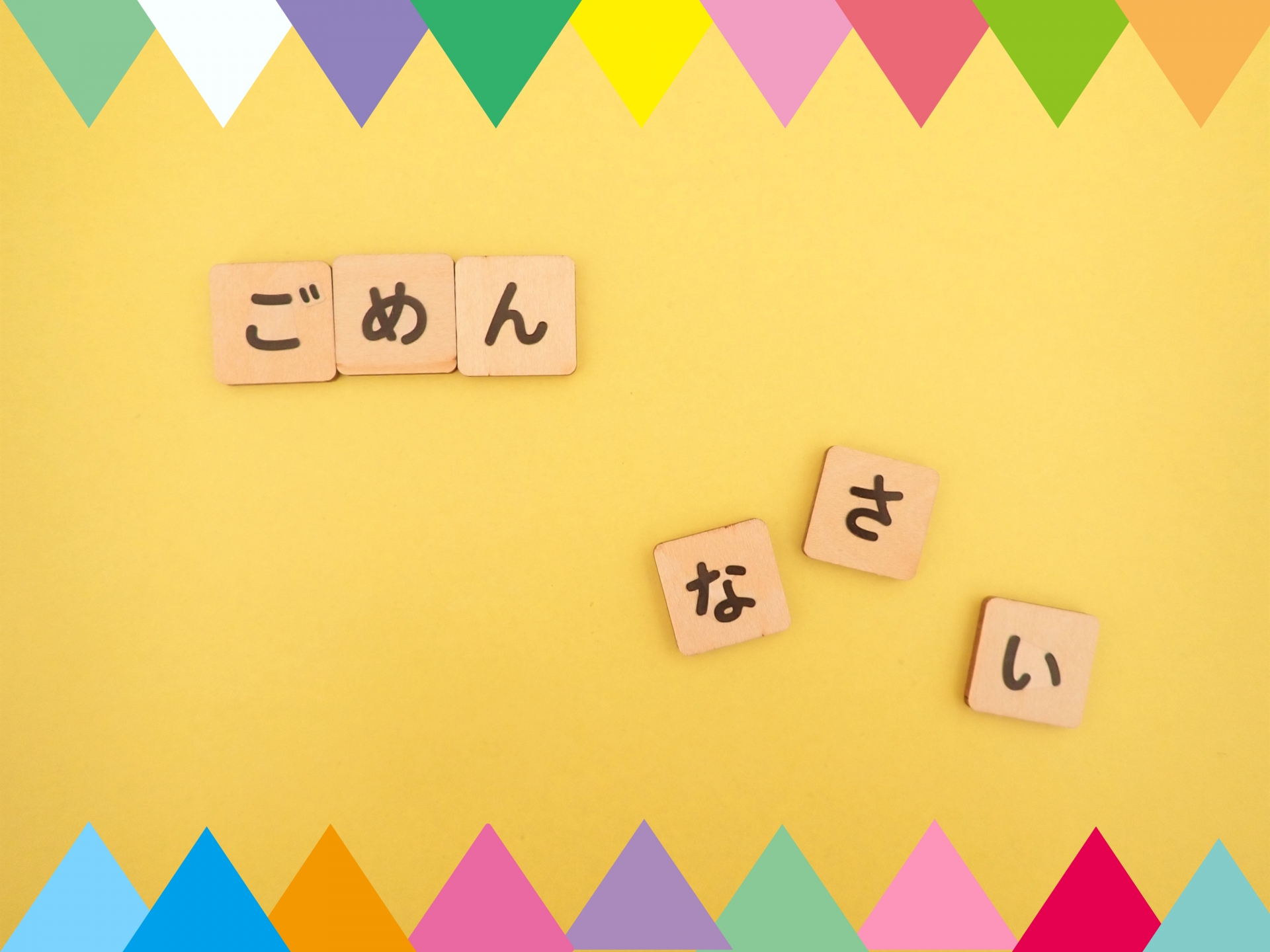
Mao Goto is a Japanese freelancer who was born in Hayama, Kanagawa prefecture, and raised in Tokyo. Since 2016 she lives in the Taito Ward, home to a lot of Japanese culture hotspots such as Asakusa, Akihabara, and Ueno. She has been interested in the field of English education in Japan and got her Master’s degree in March 2020. A lover of photography, travel, sweets, and cross-stitch. Contact her via Facebook.
This post may contain some affiliate links. When you click through and make a purchase we may receive some commission, at no extra cost to you.
Visiting Japan from abroad is the beginning of a great adventure. And when you set foot in Japan, exploring its culture, history, and beauty is like finding excitement and romance. If you come to Japan, take a moment to learn about swords and their important history. The Japanese sword is one of the most fascinating and mysterious elements of Japanese culture. Their beautiful, unique blades and historical background have fascinated people for centuries. This guide will provide you with the information you need to step into the world of Japanese swords and accompany you on this fascinating journey. By experiencing the fascination of Japanese swords and understanding the depth of their history, you will deepen your connection to Japanese culture and further enrich your experience of visiting Japan. In this article, we explore in detail the types of Japanese swords, their production process, and historical background, and let us help you immerse yourself in the world of Japanese swords, understand their illustrious history.
1. What is Japanese Swordsmithing?
A Japanese swordsmith is a specialist in the manufacturing of sword blades, a craftsman who creates swords using the blacksmithing technique of heating metal to form and commercialize a sword. To become a swordsmith, one must train for at least five years under a certified and experienced swordsmith, and complete a program sponsored by the Agency for Cultural Affairs. This profession requires rigorous training and advanced skills, and the craftsman’s mastery is essential.
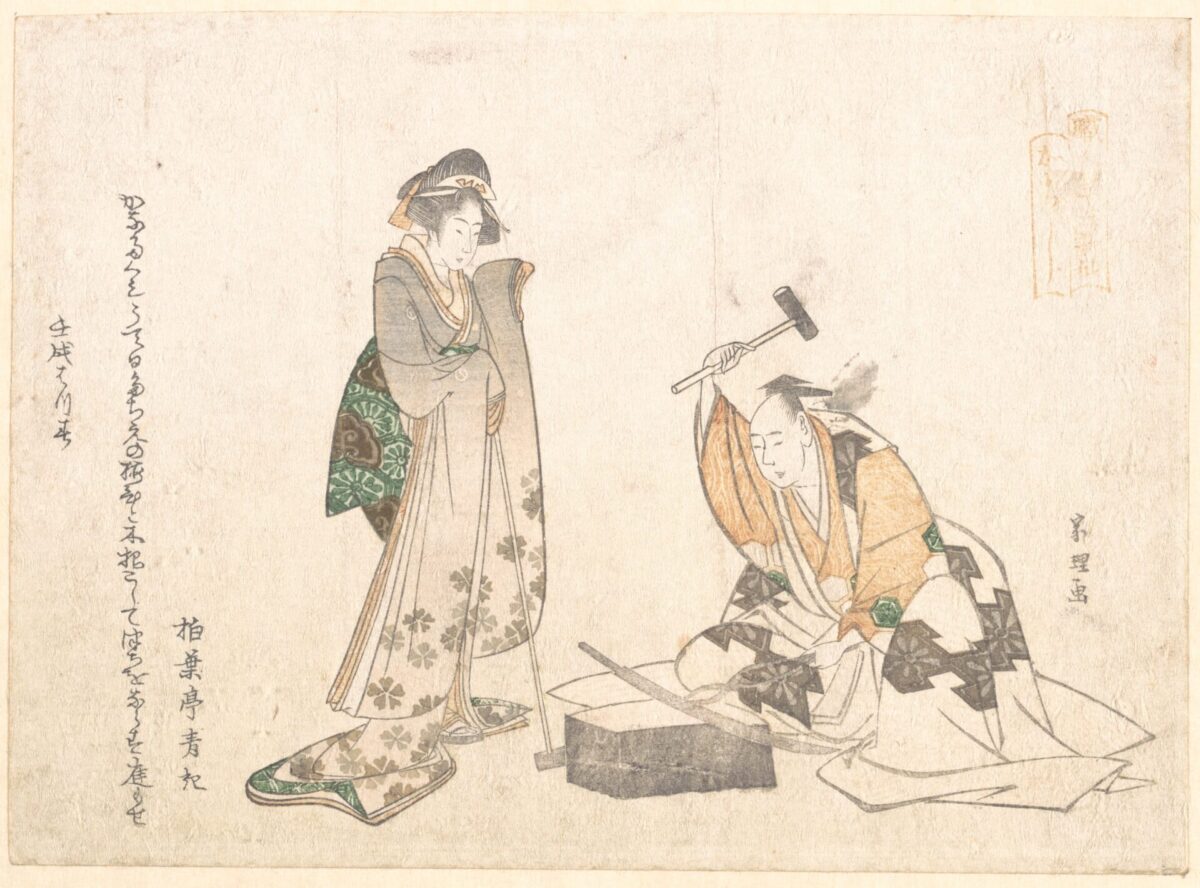
2. History of Japanese Swords
The history of the Japanese sword begins in the Kofun period and has developed from ancient cutlery. In particular, the Japanese sword was established in the mid-Heian period, and warped swords became important in the cavalry battles that followed. In the Kamakura period, with the rise of the samurai class, the Japanese sword entered its most prosperous period. It was during this period that methods were developed to make Japanese swords strong and resistant to breakage. However, in the Edo period, after the Muromachi and Sengoku periods, the swords were converted from weapons to works of art, and in the Meiji period, a law was issued to abolish the possession of swords throughout Japan, leaving many swordsmiths unemployed. On the other hand, the art of making Japanese swords has been handed down without interruption, and even today, Japanese swords are still being produced with value as works of art.
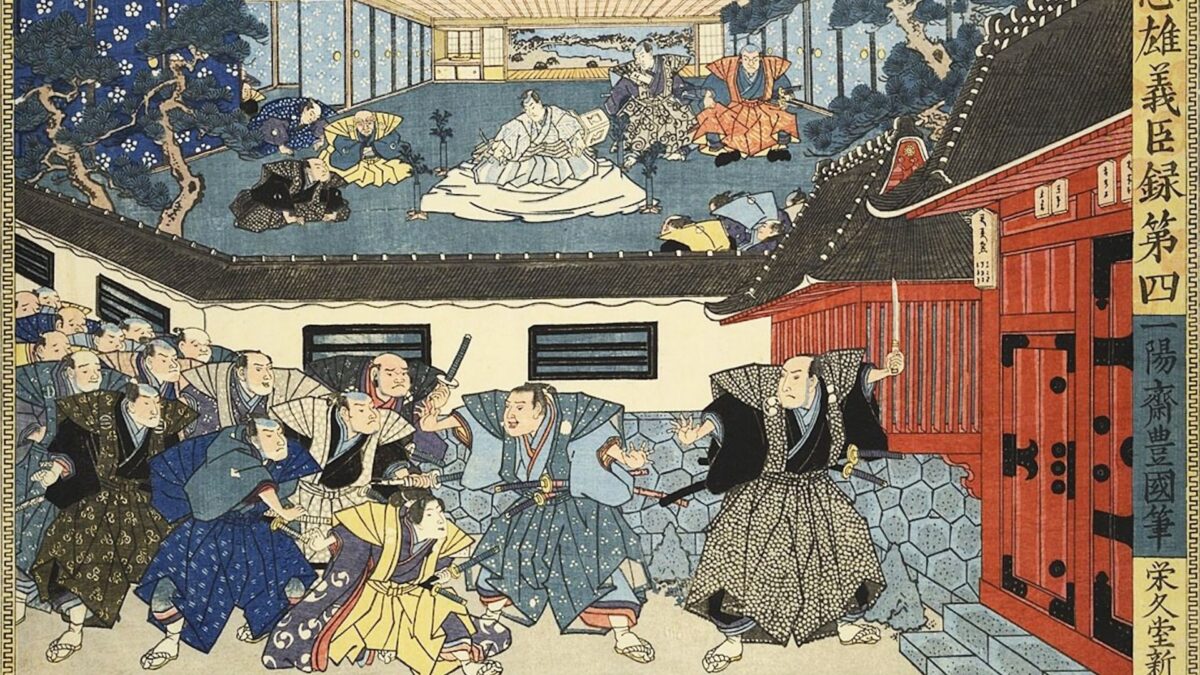
Different types of japanese swords
⑴ Tsurugi/Ken
Tsurugi/Ken (剣) is a double-edged straight sword with blades on both sides of the blade and no warp. It was introduced from China (Han Dynasty) in the early Yayoi Period.
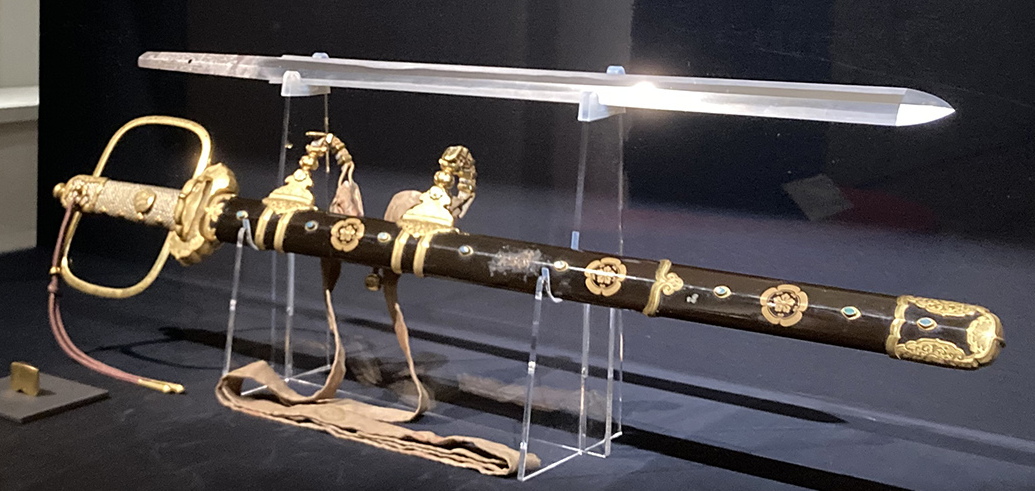
⑵ Chokuto
Chokuto (直刀) is an unbent sword used before the mid-Heian period. The most distinctive feature of Japanese swords is usually known as the warp in their blades, but before the mid-Heian period, specifically from the Kofun to Nara periods, straight swords without warps were widely used.
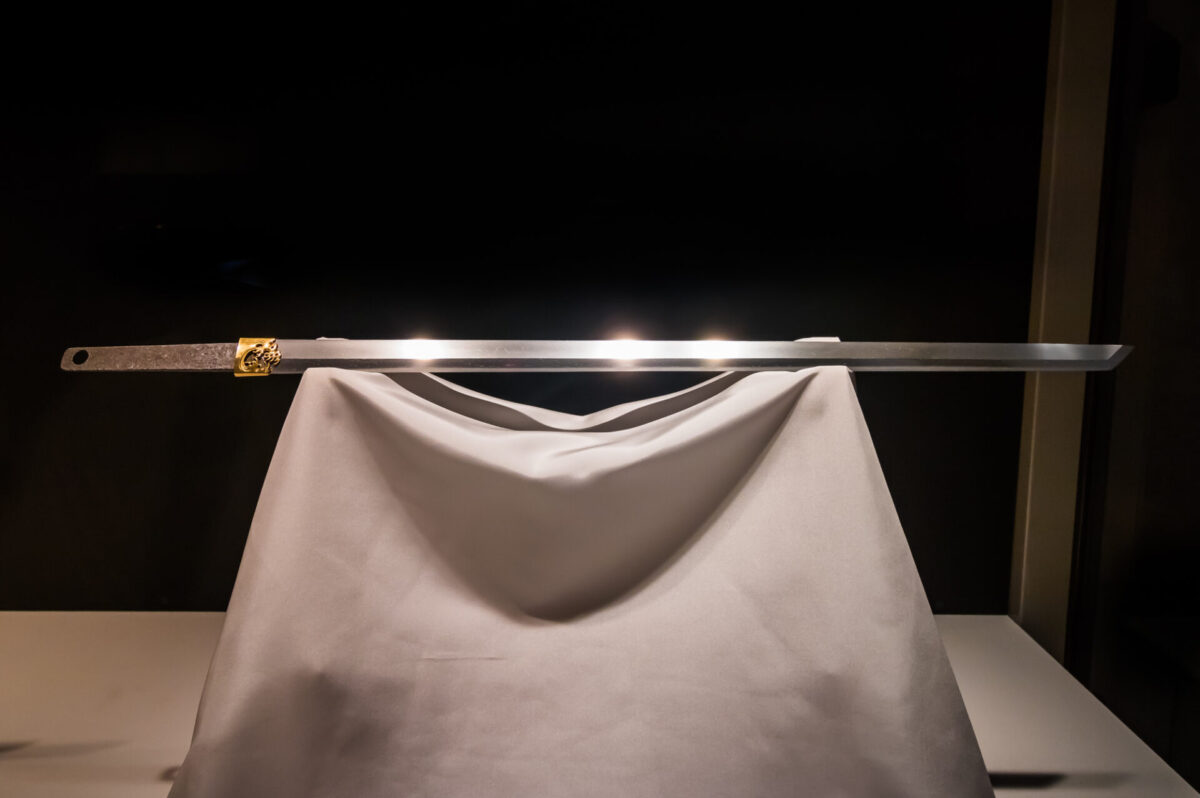
⑶ Tachi
When viewing Japanese swords in art galleries and museums, swords called tachi (太刀) are displayed with the blade down. The tachi is a type of sword that was carried by warriors from the late Heian period to the early Muromachi period, and hung from their waists. The unique way in which the swords are displayed symbolizes the historical and cultural background of the tachi and celebrates the beauty of the Japanese sword and the tradition of bushido.
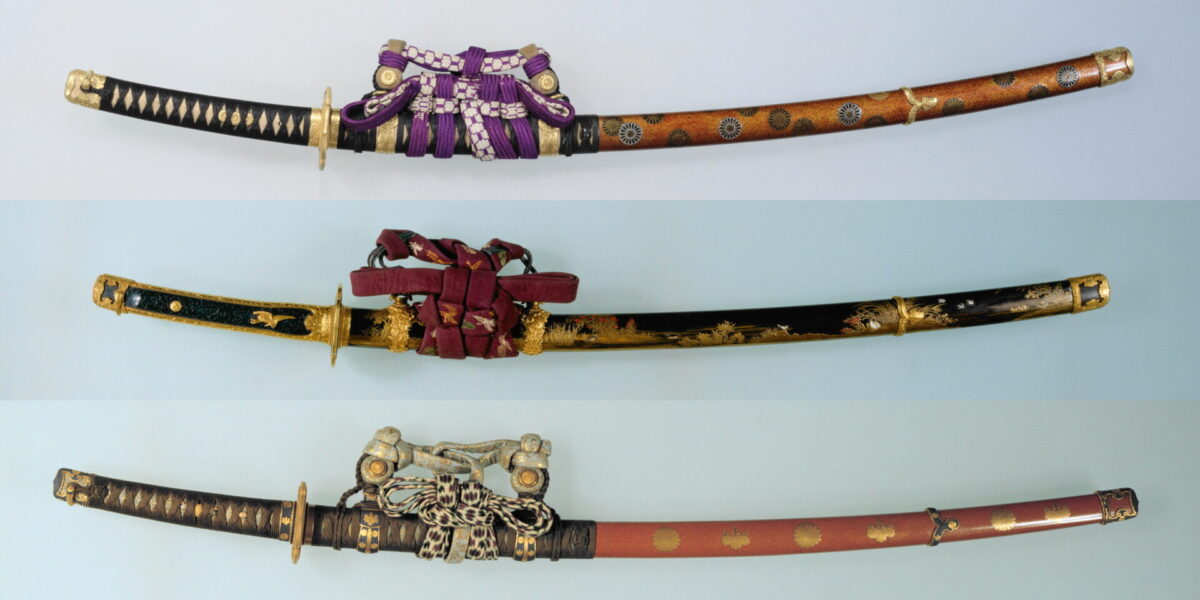
(4) Kodachi
Kotachi (小太刀) is a Japanese sword with a shorter, smaller blade than a regular tachi. A regular tachi is a large sword with a blade of approximately 60 cm or more in length, whereas a kotachi is a short sword with a blade of between 30 cm and 60 cm in length.
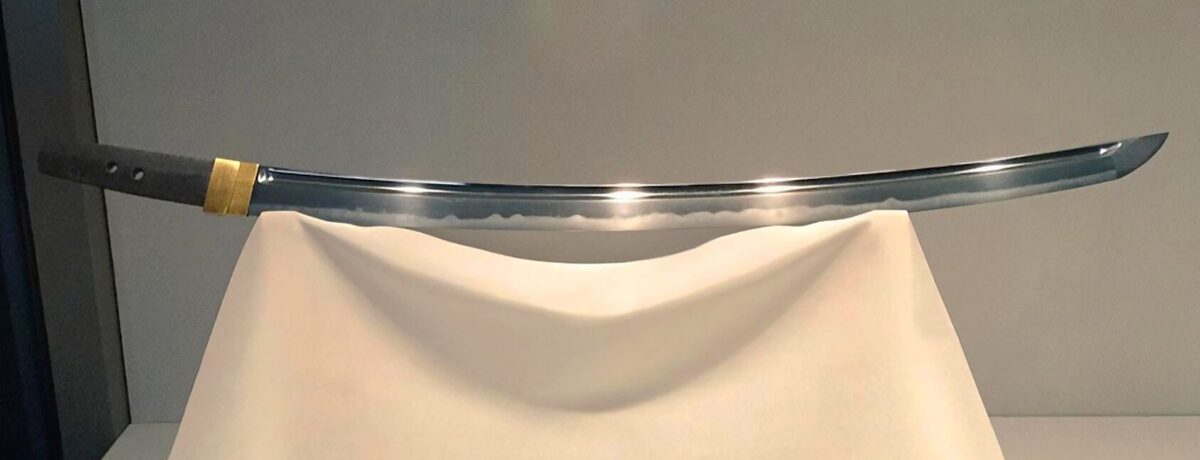
(5) Odachi
The term “odachi (大太刀)” refers to a large tachi sword with a blade length of approximately 90 cm or more. These large swords were extremely heavy, weighing 1.5 to 4 kg. Because of their size and weight, it was usually difficult to wear them on the waist, so they were usually carried on the back or by a follower at the time they were used.
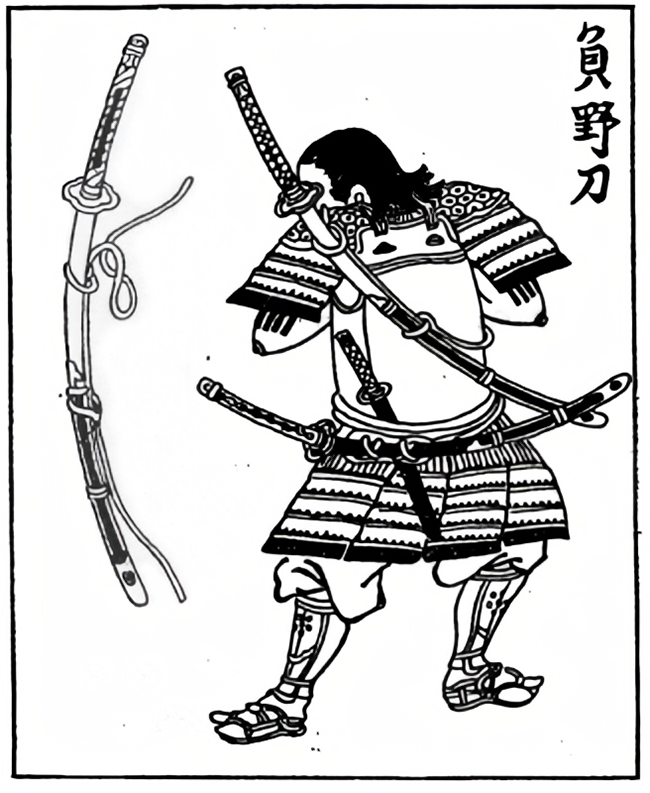
(6) Uchigatana
Uchigatana (打刀) refers to swords that were widely popular among samurai after the middle of the Muromachi period. This sword is characterized by a blade length of approximately 60 cm or more and a shallow warp on the blade. Uchigatana swords are often seen in Japanese TV historical dramas and are one of the most familiar swords to many viewers.

(7) Wakizashi
Wakizashi (脇差) refers to swords that are shorter than regular Japanese swords. During the Edo period, it was common for common people as well as samurai to carry wakizashi. The wakizashi was worn by the common people to protect themselves from unreasonable attacks by the samurai, such as test cutting, etc. Therefore, this sword played an important role as a tool for self-defense.
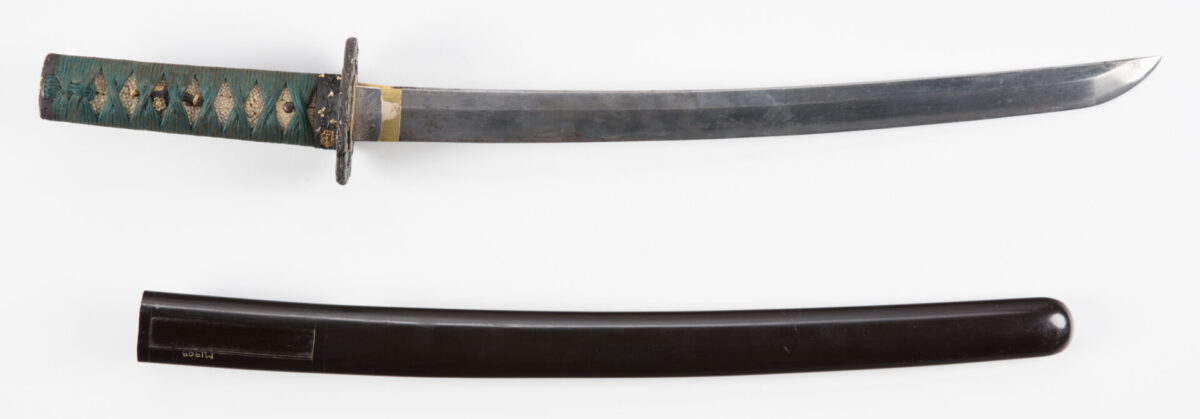
(8)Tanto
Tanto (短刀) is a type of Japanese sword with a short blade and almost no warp. Because of this characteristic, the tanto has been valued as a self-defense sword that is easy for women and children to use. As the samurai tradition, it was customary to present a dagger as a blessing for the birth of a child or the marriage of a daughter. These daggers functioned as amulets to protect against misfortune and evil spirits and have a special meaning in Japanese culture.

Parts of the swords (Anatomy)
Japanese swords generally consist of two main parts. One is 上身(kami), the body of the sword and the other is 茎 (nakago), the part that can be touched with the bare hand). 身幅 (mihaba) to the width of the blade of the sword, and 反り (sori) means the bend of the blade of the sword. These factors make up the different types of Japanese swords and change the characteristics and uses of the sword. Through their diversity, Japanese swords show the historical background and the results of the swordsmith’s skill.
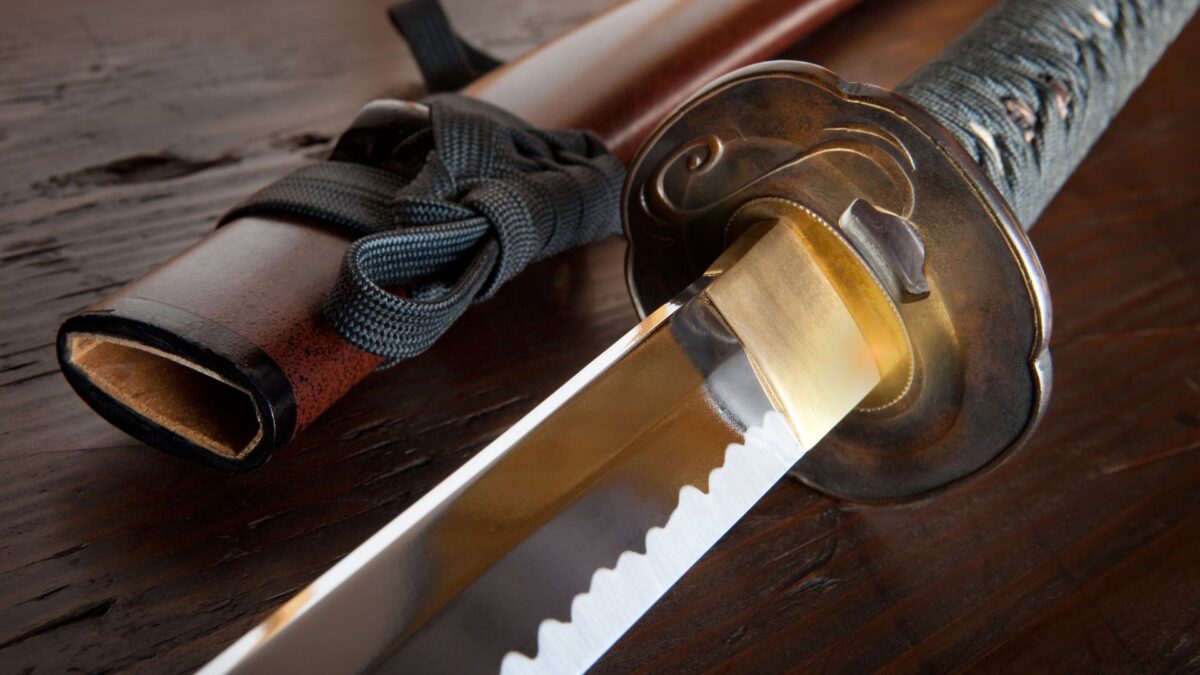
Famous Japanese Swords/ Swordsmiths
- Masamune
Masamune (正宗) was an outstanding swordsmith active from the end of the Kamakura period to the beginning of the Nanbokucho period. His outstanding skills were highly valued at the time, and his works were traded at high prices by feudal lords and passed down as family heirlooms.
- Muramasa
Muramasa (村正) school of swordsmiths created remarkable swords in what is now Mie Prefecture from the Muromachi period to the early Edo period. Their swords were associated with the Tokugawa family, the shoguns of the Edo period, and were feared as “妖刀村正 (Youtou Muramasa, Muramasa the bewitched sword)” because the murder weapon involved in the death or injury of a member of the Tokugawa family was the Muramasa sword in every case. In fact, it is reported that even Ieyasu Tokugawa, First Shogun of the Edo Shogunate, avoided owning a Muramasa sword.
We have introduced various Japanese swords and episodes in their history, but is there a Japanese sword you would like to see? A journey through Japanese swords and their history will give you new perspectives and deep impressions. More than just a weapon, the Japanese sword is a work of art, a symbol of culture, and a witness to history. Understanding the soul and passion behind the blade, being inspired by the process of its creation, and thinking about the history of the sword will have given you a deeper connection to Japanese culture.
Japan Wonder Travel Tours
Japan Wonder Travel is a travel agency that offers guided tours throughout Japan.
From private walking tours to delicious Food and Drink tours, we can help you organize the best tours just for you! If you want to explore Japan and learn more about the history and backstories of each area you are visiting, our knowledgeable and friendly English speaking guides will happily take you to the best spots!
In addition, we can provide you with any assistance you may need for your upcoming trip to Japan, so please feel free to contact us if yu have any questions or need some help!
▶Tokyo Tsukiji Fish Market Food and Drink Tour
Explore the most lively and popular fish market in Tokyo and try some of the local’s favorite street foods and sake with one of our friendly and knowledgeable English speaking guides!

▶Tokyo 1–Day Highlights Private Walking Tour (8 Hours)
There’s no better way to explore an area than taking a tour with a knowledgeable local guide. You will have the chance to learn about the history and interesting background stories of Tokyo, as well as discover some hidden gems which can be hard to do without a guide.

▶Mt. Fuji Day Trip Bus Tour from Tokyo
Experience the breathtaking views of Mt. Fuji by visiting the highlights of the area on our guided sightseeing bus tour! Departing from Shinjuku in central Tokyo, you can travel comfortably to all of the best spots in the area by bus.

Follow us on Instagram, Facebook, Twitter, and TikTok for more travel inspiration. Or tag us to get featured!
Happy traveling!




